When it comes to iconic cameras, Nikon does not have a shortage in their catalogue. From the highly valued rangefinders to the game-changing Nikon F. Plus all the professional camera bodies that followed in the footsteps of the original system camera. But among the cameras that are highly sought after by many photographers still, today are the compact SLRs of the 1970s and 1980s. Among those is the Nikon FM and the electronic cousin, the Nikon FE. For me, the FE fits into that little niche between my all-mechanical Nikon F2 Photomic and the fair more automatic Nikon FA. The FE fills the gap when I want a no-nonsense camera that I can just grab, go, and know it will deliver stunning results in whatever condition I throw at the camera. And while I’m already on my second FE, I know that this one will last far longer than my original black-body.

Camera Specifications
Make: Nikon
Model: FE
Type: Single Lens Reflex
Format: 135 (35mm), 36x24mm
Lens: Interchangeable, Nikon F-Mount
Year of Manufacture: 1978-1983


Background
In the 1970s, Nikon rode high on the success of their Nikon F and recently released Nikon F2. So when Olympus released the OM-1 they had no desire to join the fray that was the compact SLR market. They had no reason to, they had the professional market with the F2 and they also had an advanced amateur market with the Nikkormat line of cameras. The only answer given to the OM-1 was the Nikkormat EL in 1972 which proved to be Nikon’s first electronic, semi-automatic camera. As the decade progressed, Minolta, Pentax, Canon, and Olympus gradually released better cameras with more features. But Nikon’s view was that serious photographers didn’t need all those bells and whistles. That all changed in the late 1970s when things started to change. Nikon decided with the release of the EL2 to drop the Nikkormat name, going instead with the universal Nikon for all their cameras. The second change at Nikon was that they would begin to look at building compact SLRs to compete with the market share being drawn away by smaller and lighter cameras. Nikon began to develop a robust chassis to build their new cameras on to replace the Nikkormat FT3 and Nikon EL2. Despite the camera being aimed at the semi-pro market they did not want to cheap out on anything. The body made of a duralumin metal, an alloy of copper and aluminium. Joints would all have ball-bearings and the electronic contacts were gold plated. The resulting chassis could withstand the same tolerances as their professional bodied cameras. In 1977 Nikon released the FM and in 1978 the FE. The two cameras were cousins for lack of a better description. Where the FM was an all-mechanical camera with a match-needle centre-weighted meter, the FE provided aperture priority semi-automatic exposure. And while by the time the FE saw release, there were many cameras on the market that featured full auto-exposures, Nikon felt that more discerning photographers did not need all those bells and whistles. Both the FE and FM were successes, and Nikon quickly began looking forward to the next models at the 1980s approached. And while both the FM and FE would see a replacement in 1982 (FM) and 1983 (FE), the chassis lived on. The compact durable chassis would go on to be used throughout the 1980s and 1990s, it’s final use was in the 2006 Nikon FM3a.
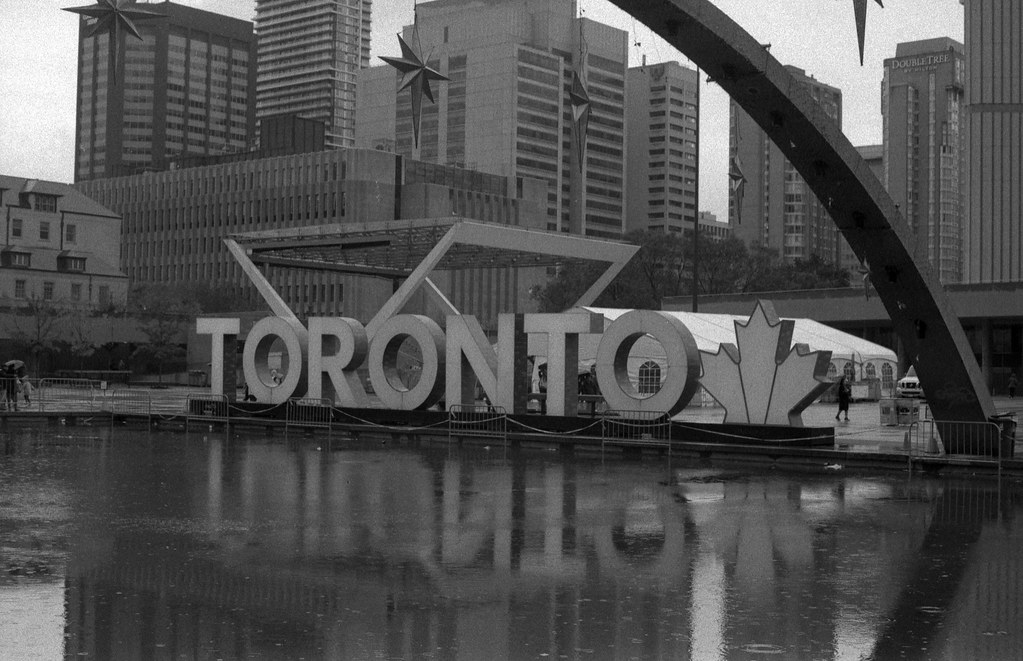

Impressions
Good things come in small packages, and the FE expresses this perfectly. But don’t let the small size worry you, the FE is a fantastic little camera that doesn’t take up much space in your camera bag but delivers in performance. When it comes to controls there isn’t much on the FE, the shutter speed dial, and a film speed selector and EV adjustments. The on/off control is the simple half-pull of the film advance lever. No matter what finish you have on the camera body they just look handsome, either black or chrome. But personally I think chrome version looks better overall. The control layout is perfect, with a nice short throw on the film advance. The viewfinder is bright and the match needle system is exactly what you want in a modern version of the system. When the camera is in automatic mode, the green needle points to A, and the second needle indicates the shutter speed. In manual mode, you simply match the second needle to the green needle by adjusting aperture and shutter speed. Oh, and the aperture is displayed via a small window at the top of the finder.
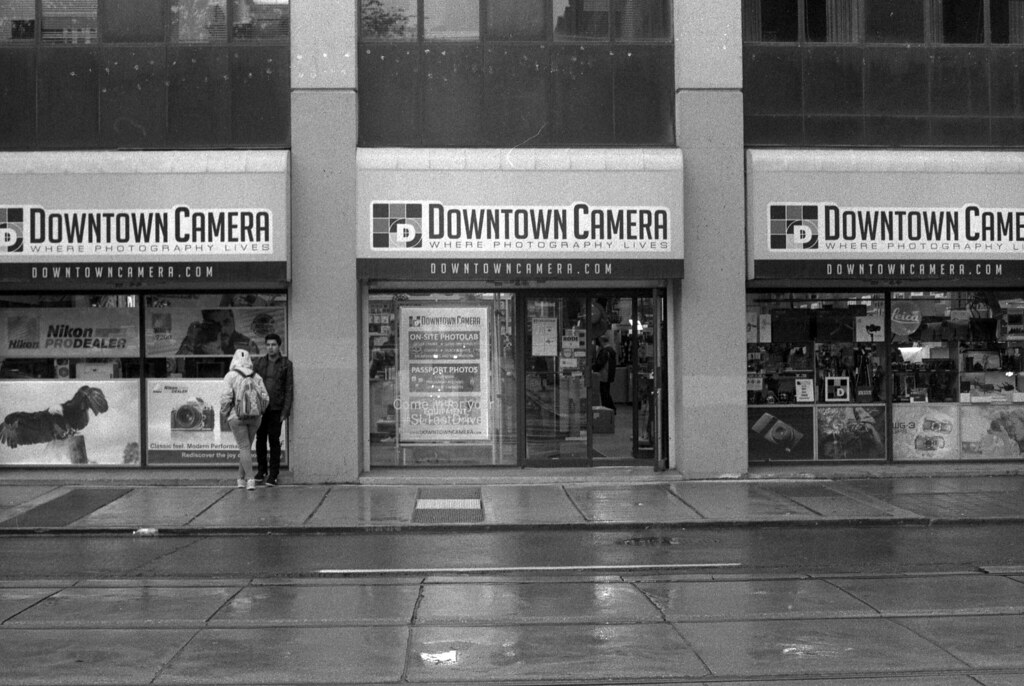
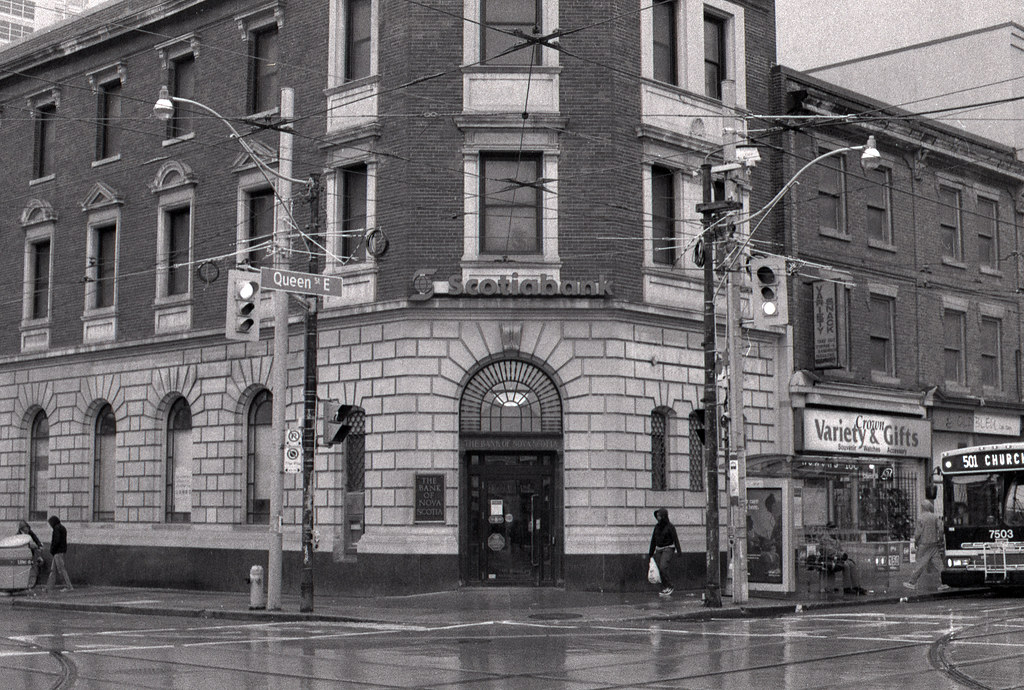
Experience
The FE is a joy to use. Everything about the camera asks for it to be used and loved, and taken everywhere. While not as small as the OM-1 or ME Super, it takes up little space in a camera bag even with the MD-11 or MD-12 motor drive attached. The camera easily can be worked without having a strap, but you do want to protect your investments so a strap is a good thing to keep on hand. Everything on the camera is well laid out, and if you have the camera in the semi-automatic mode you don’t even have to worry about adjusting the shutter speed dial. The viewfinder has everything you need from shutter speed display, aperture, and even a ready light if you’re using a flash. The short-throw on the film advance makes life easy so you can quickly fire through a roll of film, and the shutter sound is rather satisfying. Plus loading and unloading film is easy and is not fickle at all.

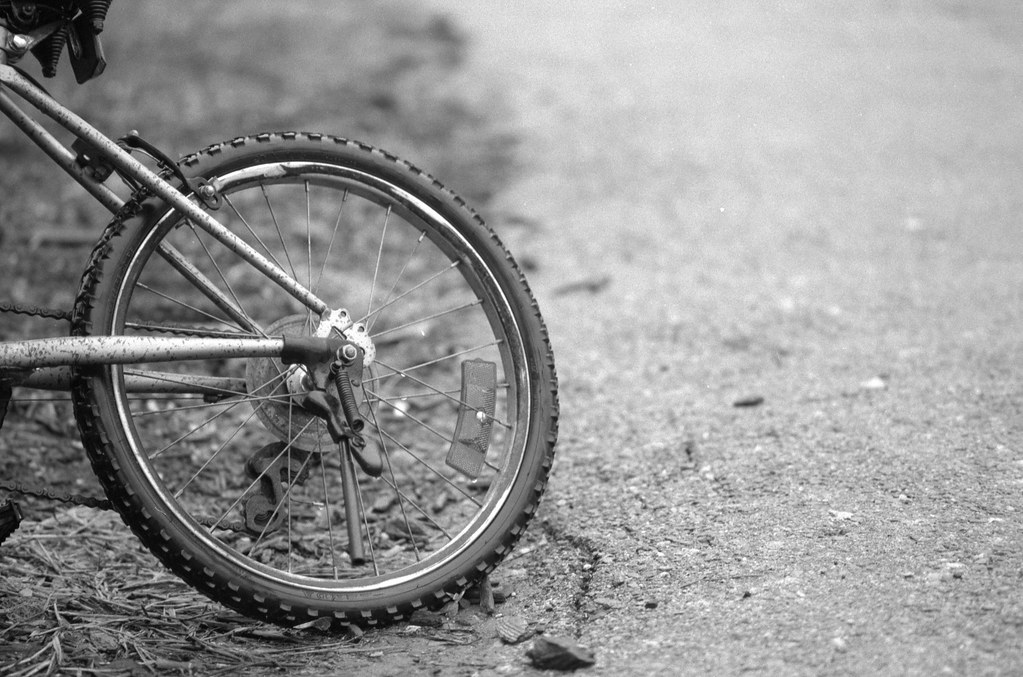
Optics
I could talk your ears off with the quality you get out of Nikon glass of all sorts (yes, even the Series E). But let’s talk lens compatibility here, and the FE is a wonderful camera that can use most of Nikon’s F-Mount lenses. The FE like other cameras of the era is designed to work seamlessly with an AI or AI-S lens. That also means that any D-Type lens with an aperture ring will function with the FE as well, you just won’t obviously have autofocus on those lenses. But the FE doesn’t stop there, you can also mount most Pre-AI glass, you will be forced to use stopped down metering. Now not all the Pre-AI lenses will work, there are some obtrusive fish-eye lenses that will damage your camera when you attempt to mount. You will need to unlock and raise the meter coupler before using the Pre-AI glass. And while this feature was removed on the FE2, it does give users of the FE, a less expensive selection of awesome glass to chose when wanting to expand their lens collection.

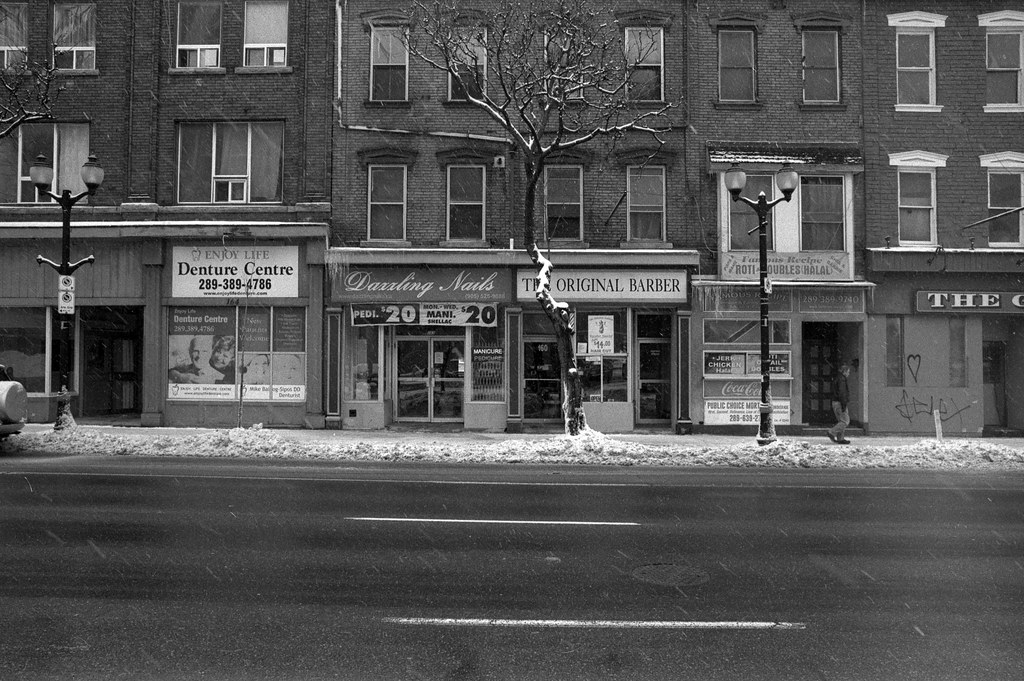
Lowdown
If you want a backup body to your pro-grade Nikon F2 or F3 then the FE is the camera for you. But not only the FE, but the FE2 is also an excellent camera in its own right and is known to have a far brighter viewfinder than the original FE. But you can also get by with an FM or an FM2(n) as well and they won’t let you down. In fact, most of the cameras that use this chassis are excellent choices and additions to your camera kit. As a travel camera, the FE is perfect being both small in size, lightweight and can support a broad range of lenses that produce excellent results. The Centre-Weighted meter is accurate and despite its age the camera is bulletproof and if it does have issues are easily serviced by an experienced shop. Power-wise, the FE does require a pair of LR44 batteries to power both the light meter and the electronic shutter. There is a 1/90s mechanical override should the batteries kick the bucket. On the used market the FE does not command as high a price as the FM(2(n)) and FE2. You can get a beater for under 100$ but for good quality and condition you’re looking at 150-250$ depending on where and who you’re buying from. And while that price might seem a bit steep, it is worth every penny.
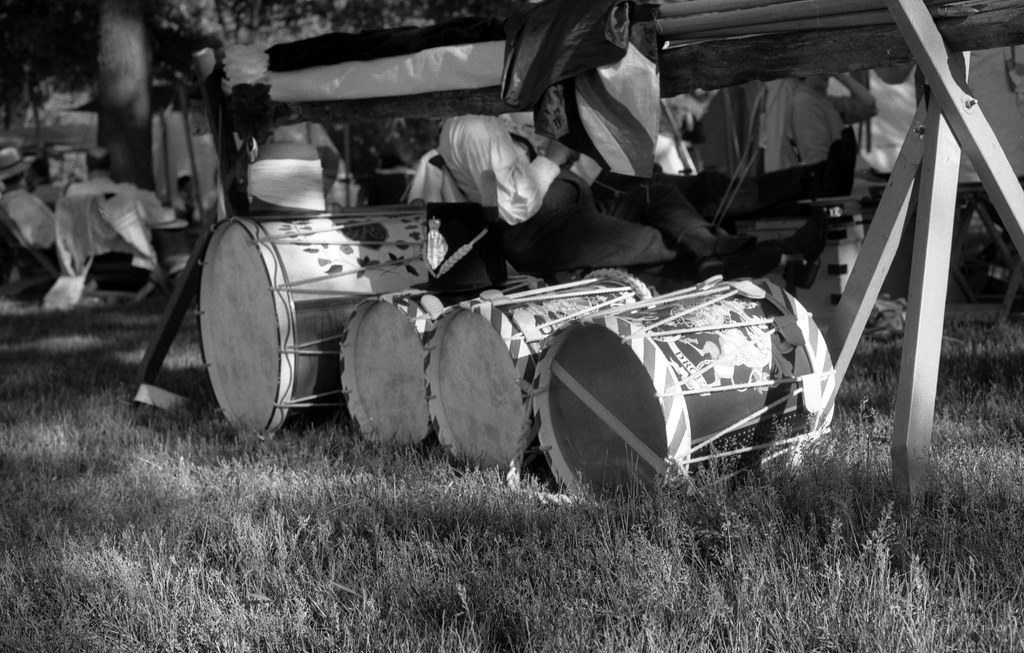

Further Reading
Don’t just take my word on the Nikon FE, you can check out the reviews by other awesome camera reviewers!
Down the Road – Nikon FE Review
Photo Thinking – Nikon FE – FEeling It!
35mmc – Five Frames with a Nikon FE and a Return Film Photography
Casual Photophile – Nikon FE Review
Camera Go Camera – Nikon FE
Attempts at 35mm – First Impressions & Quick review of the Nikon FE
Adventures on Film – Nikon FE Review
2 Comments